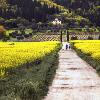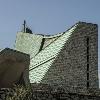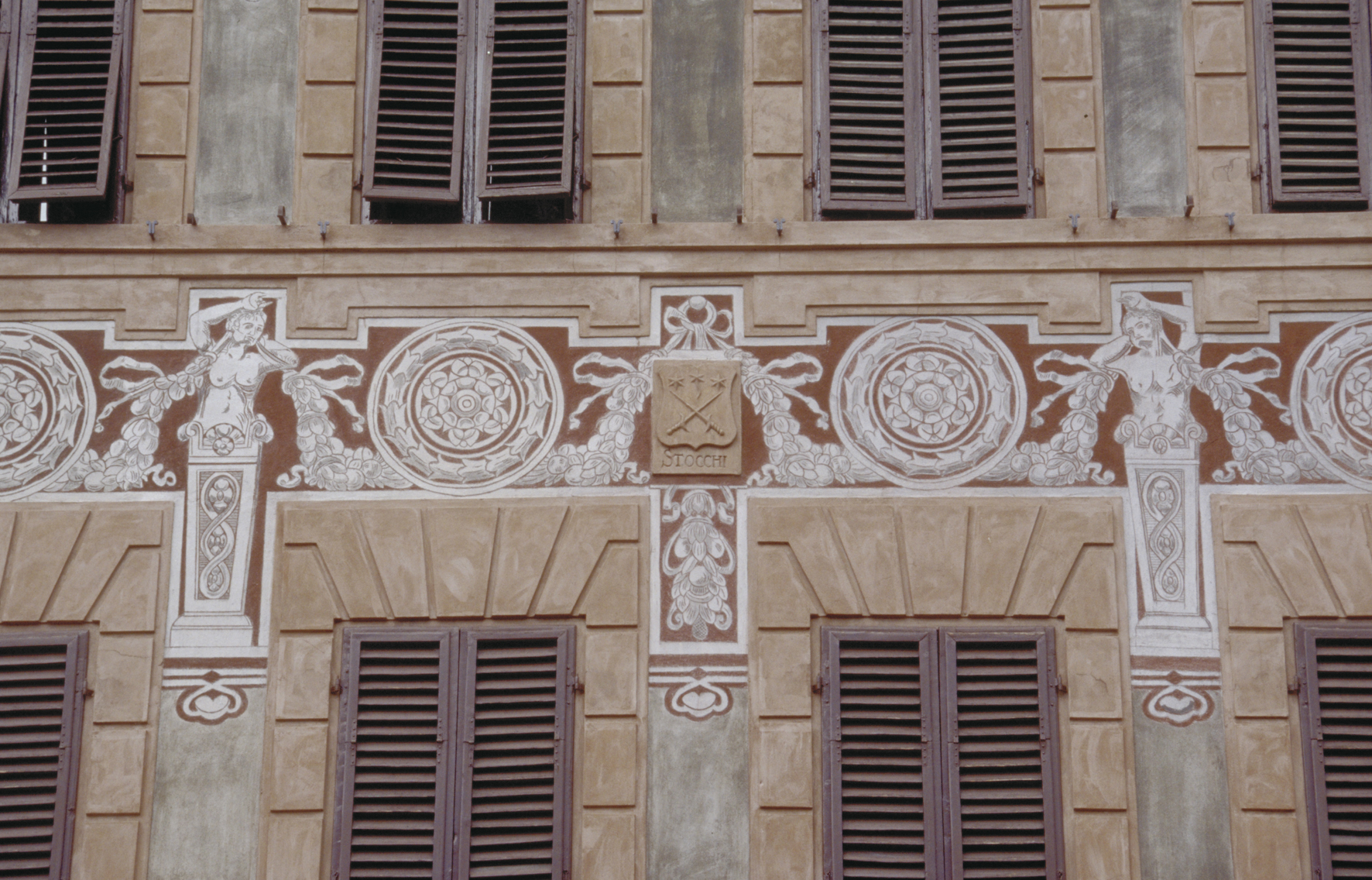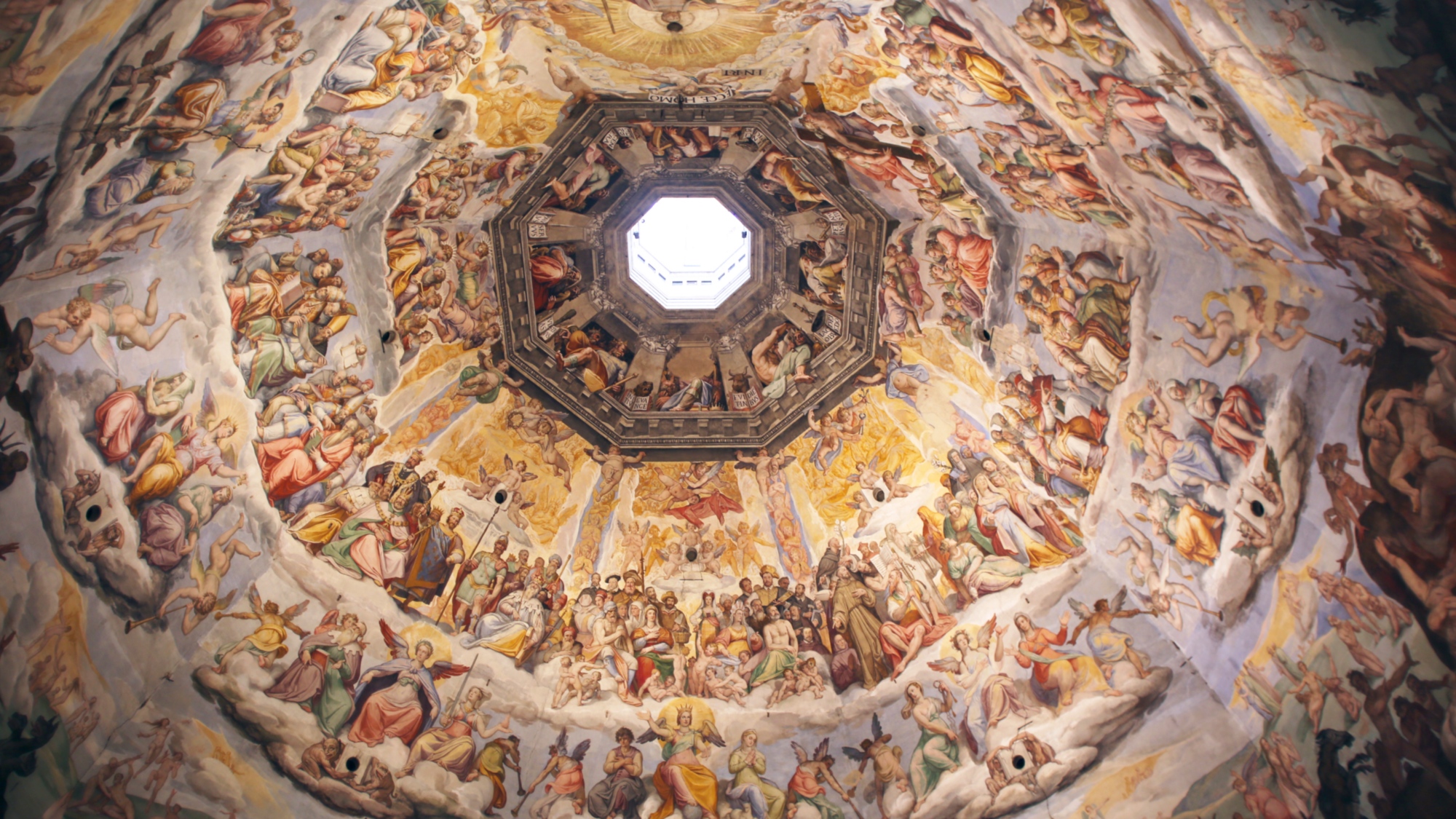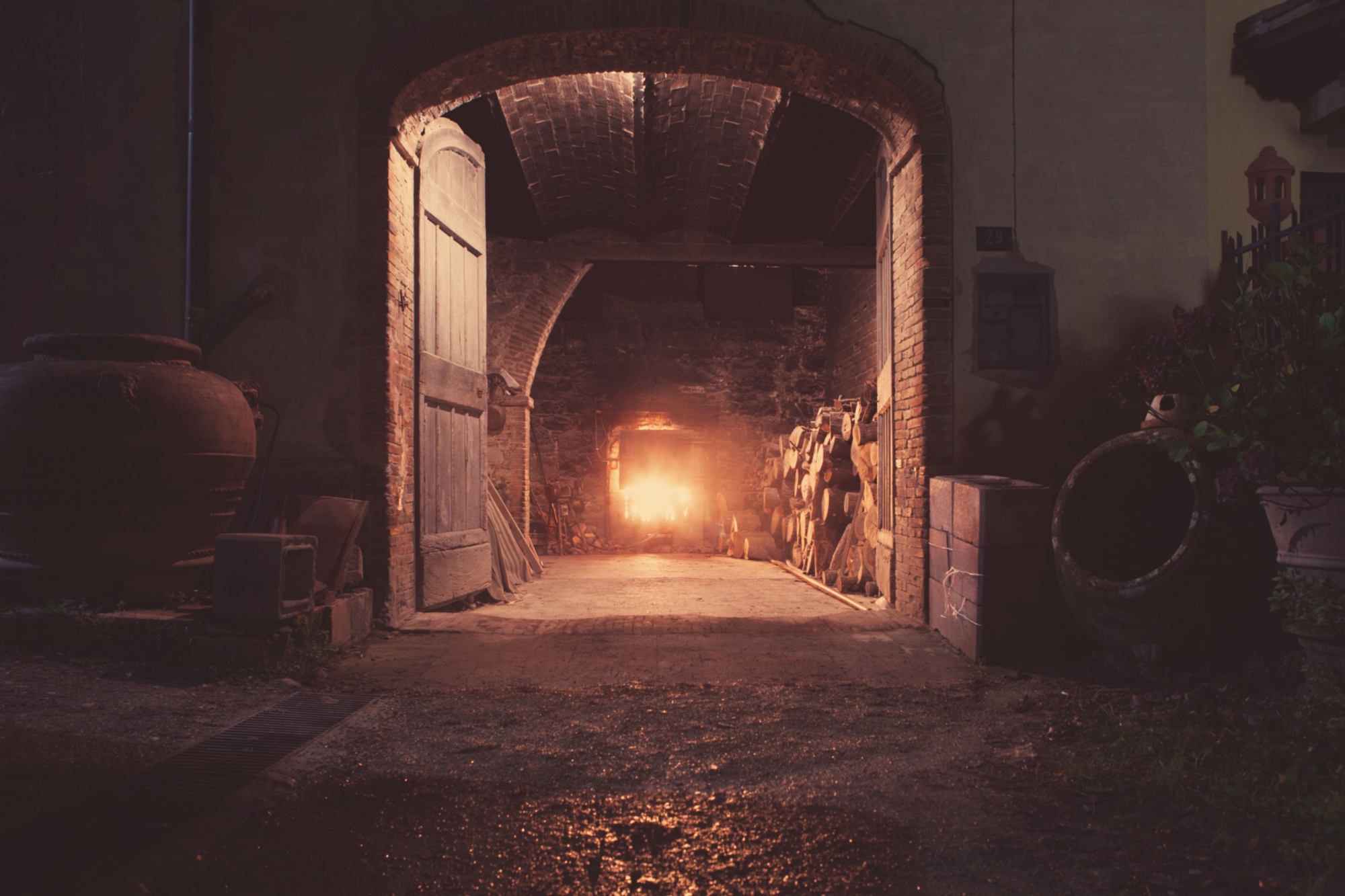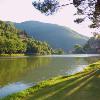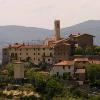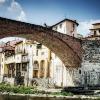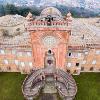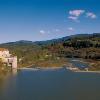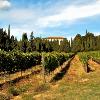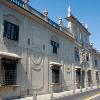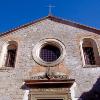In the 1800s, the village was dominated by some powerful Florentine families, including the Frescobaldi. The church in the town is called San Piero in Selva and was founded in 1276. The church was completely renovated in 1955-56, when the architects tried to restore its original medieval appearance by removing the 16th- and 17th-century additions.
The most important sacred building in town is the former Lecceto Monastery, which was built in the late 1400s. The monastery’s founding would not have been possible without financing from Filippo Strozzi, a leading figure in the anti-Medici faction, causing him spending his final days in prison. It was the noble Florentine banker who wanted Benedetto da Maiano to make the decorations inside the church and Domenico Ghirlandaio to paint the altarpiece, all of which disappeared in the 19th century.
One of the traditional events in the town is the Medieval Festival, which typically takes place in May and June every year. For the occasion, Tuscany’s glorious past is brought back to life in this evocative village in the Tuscan countryside, bringing processions, music and re-enactments to the streets.





